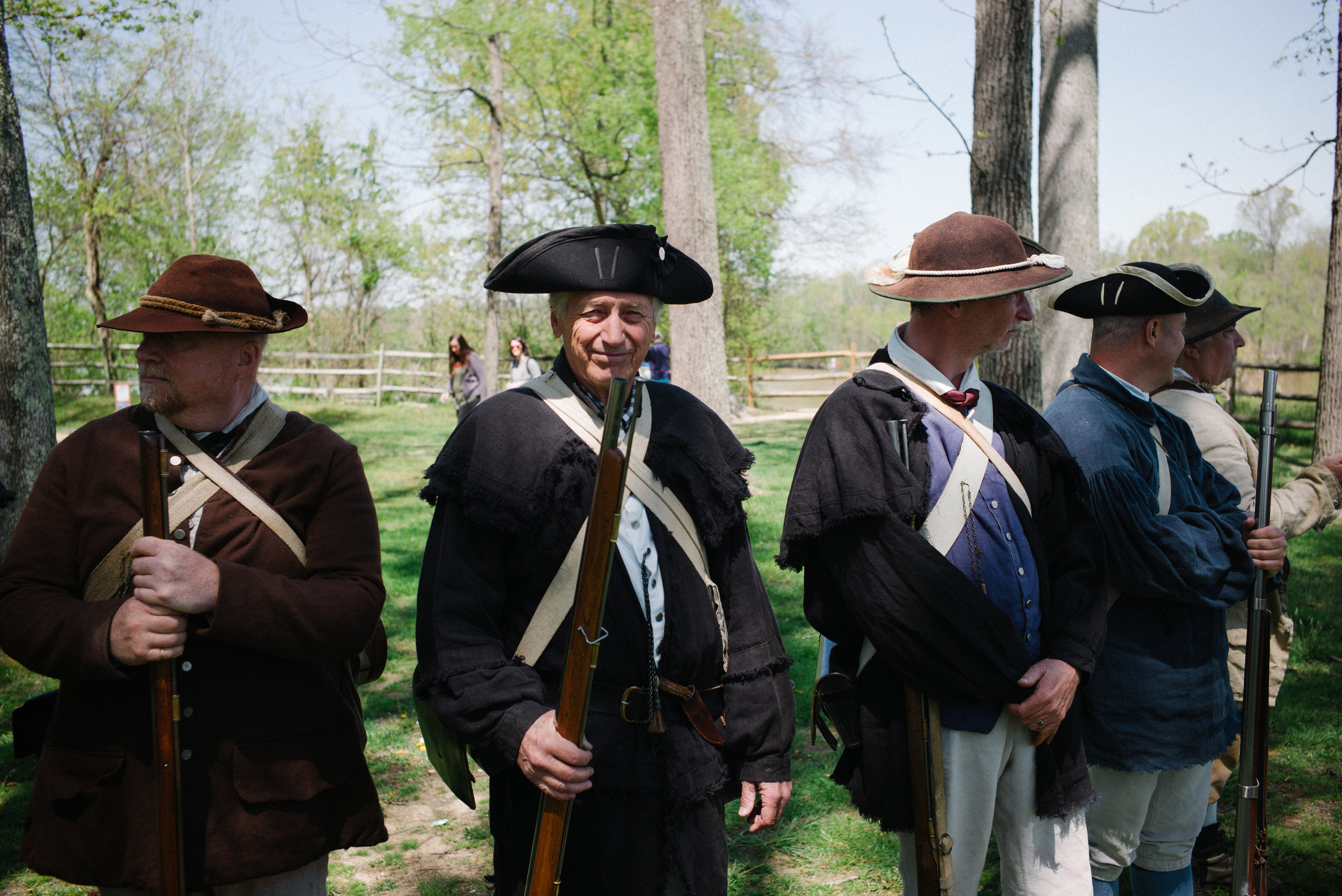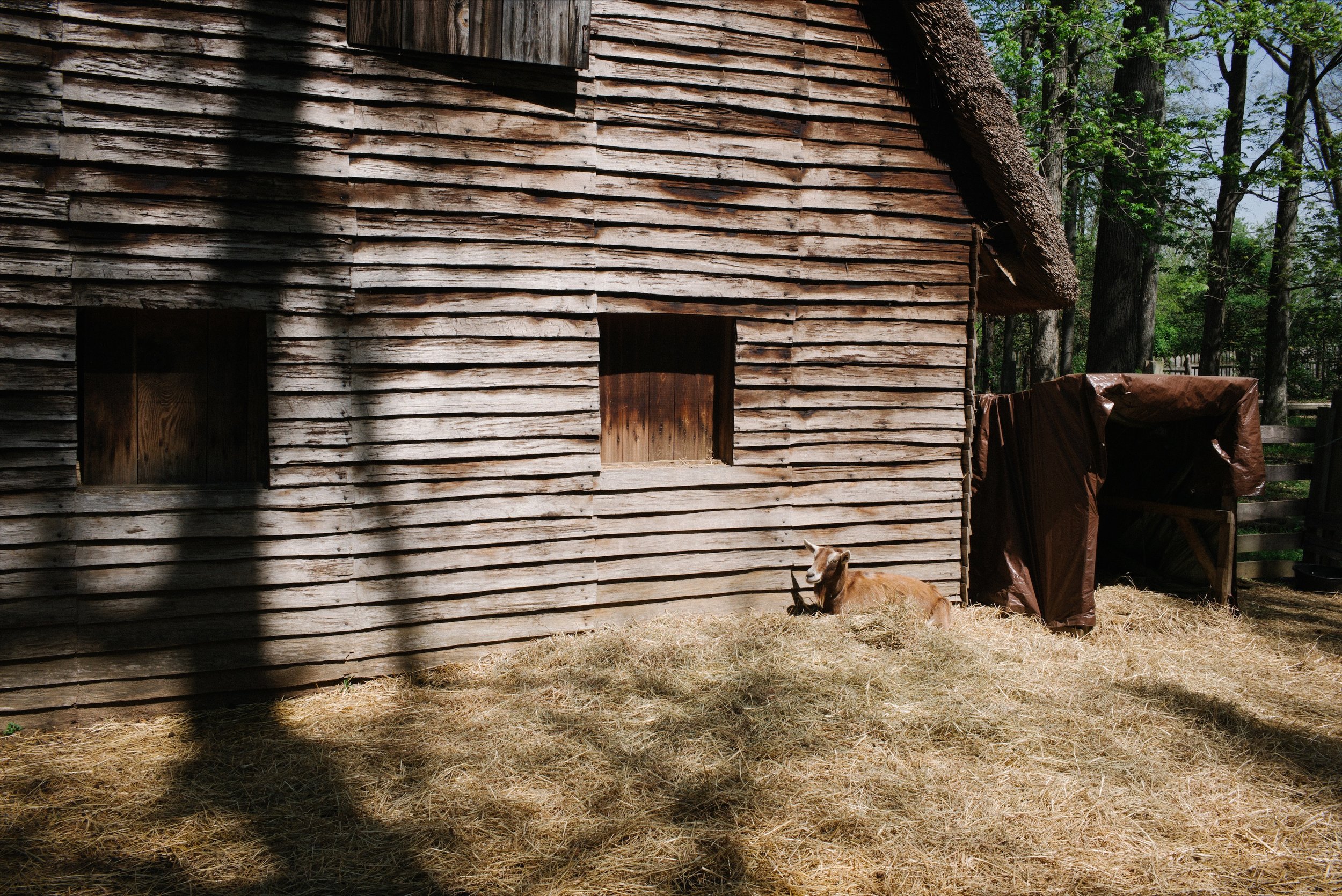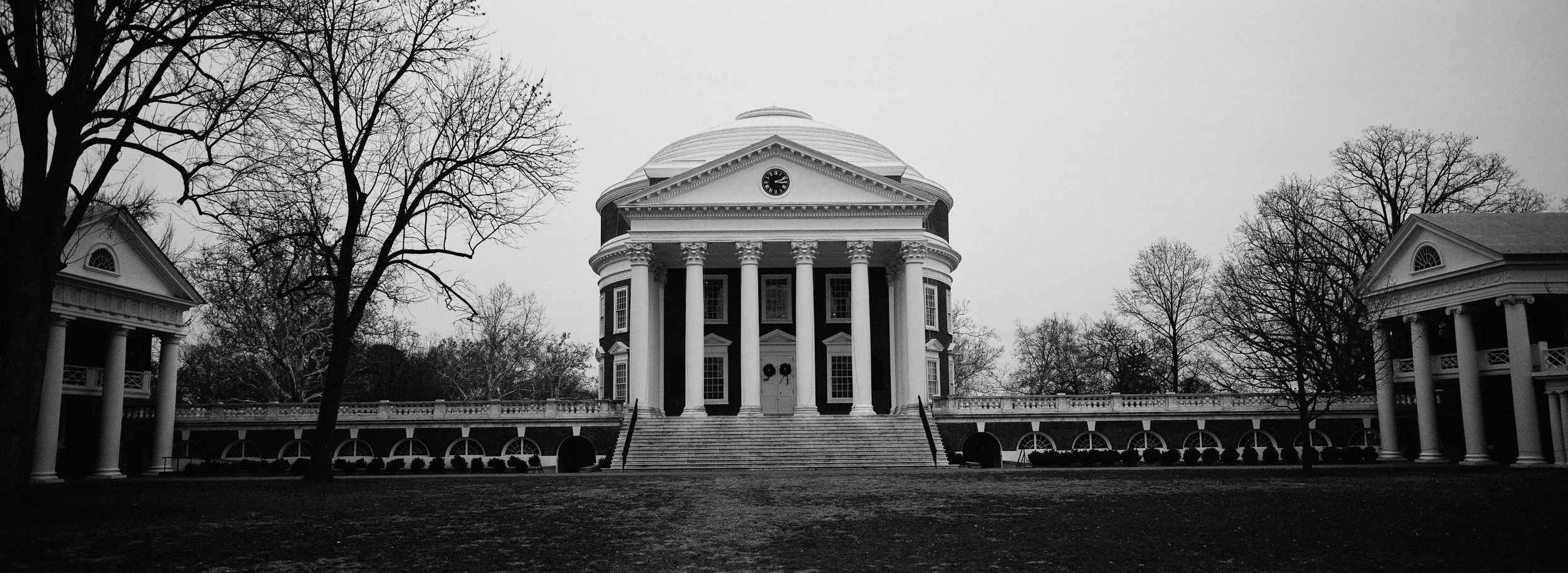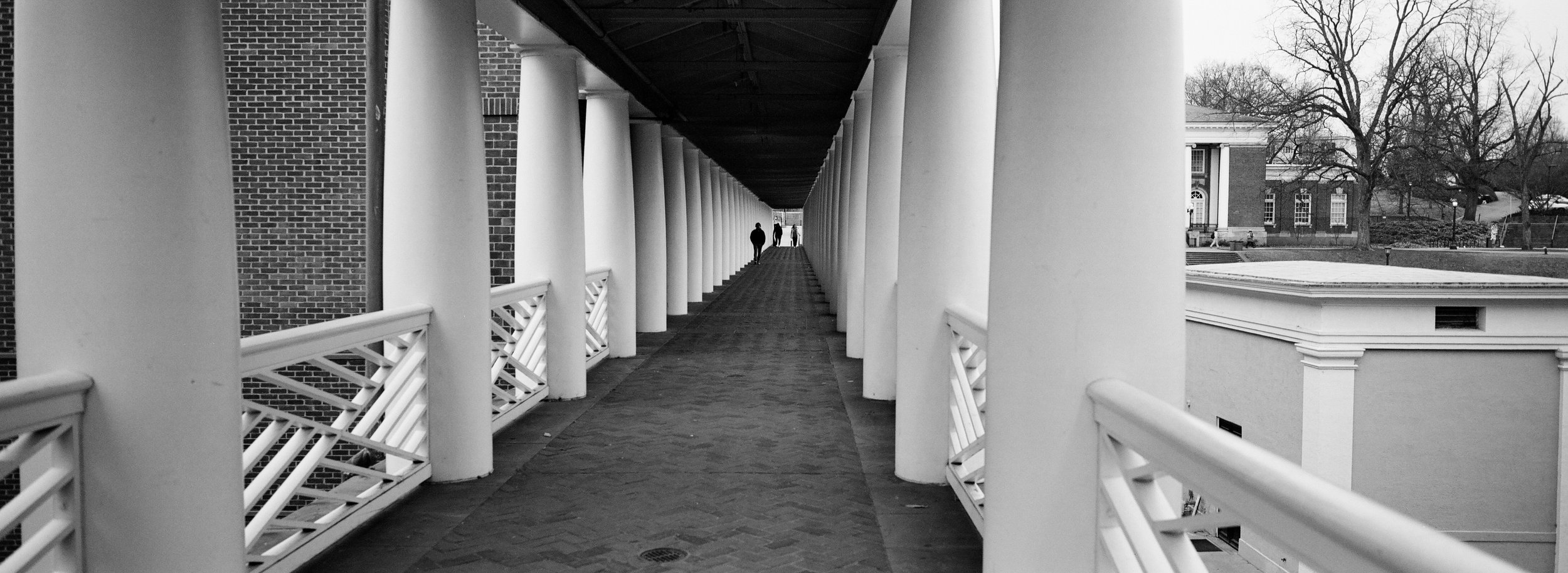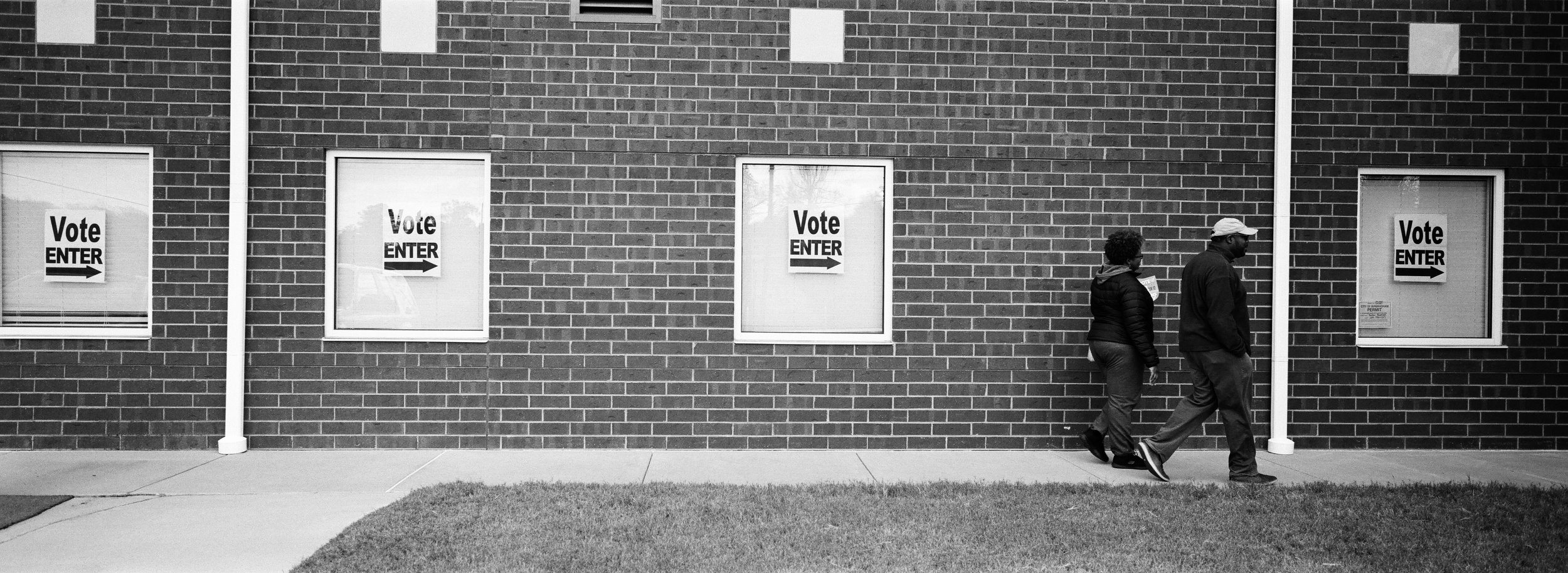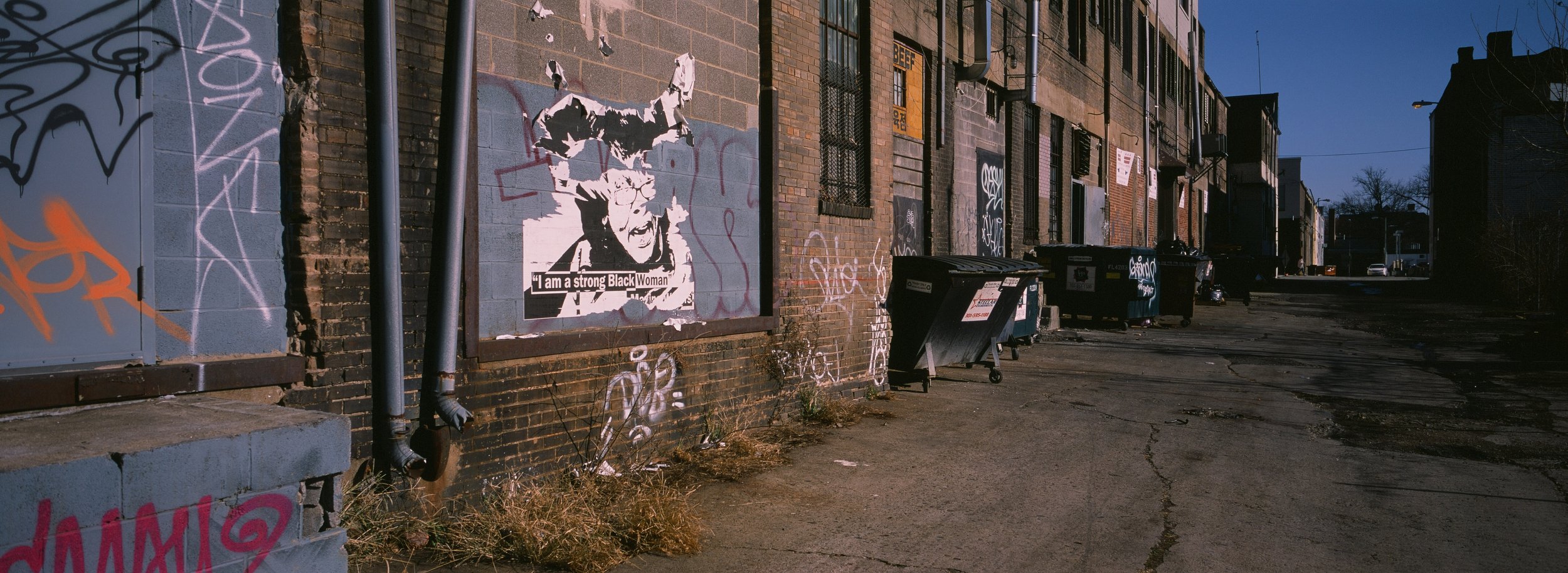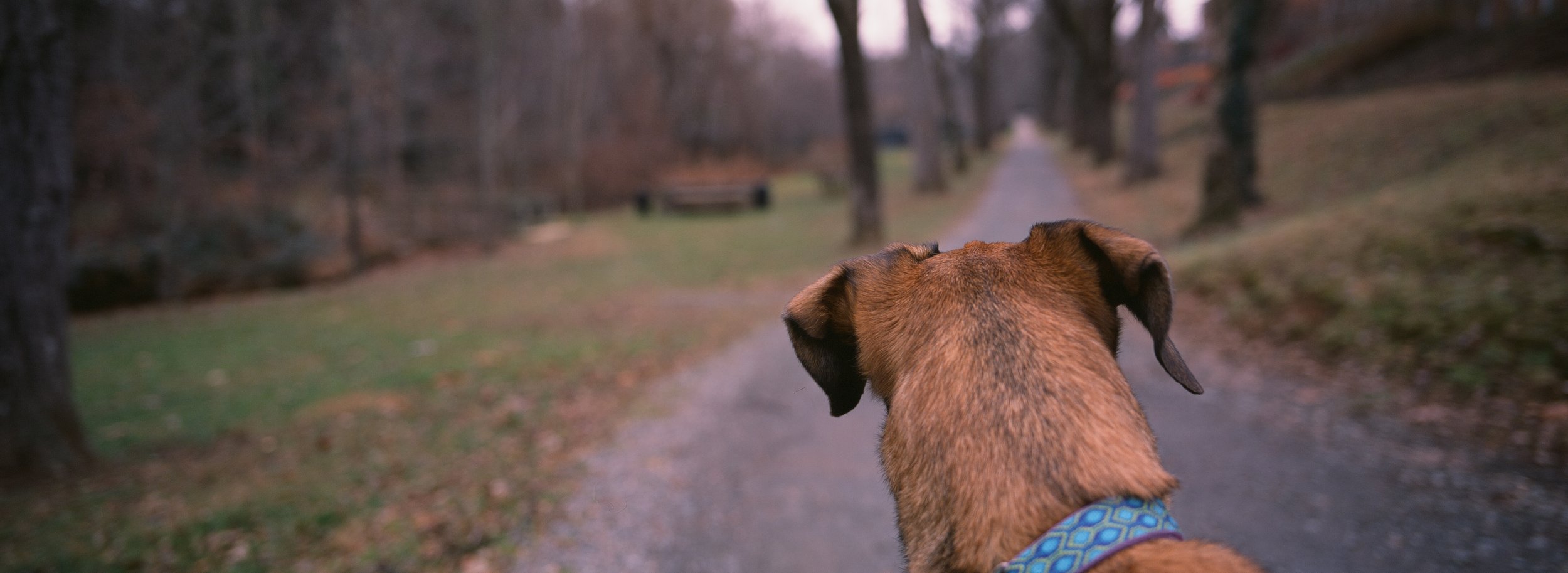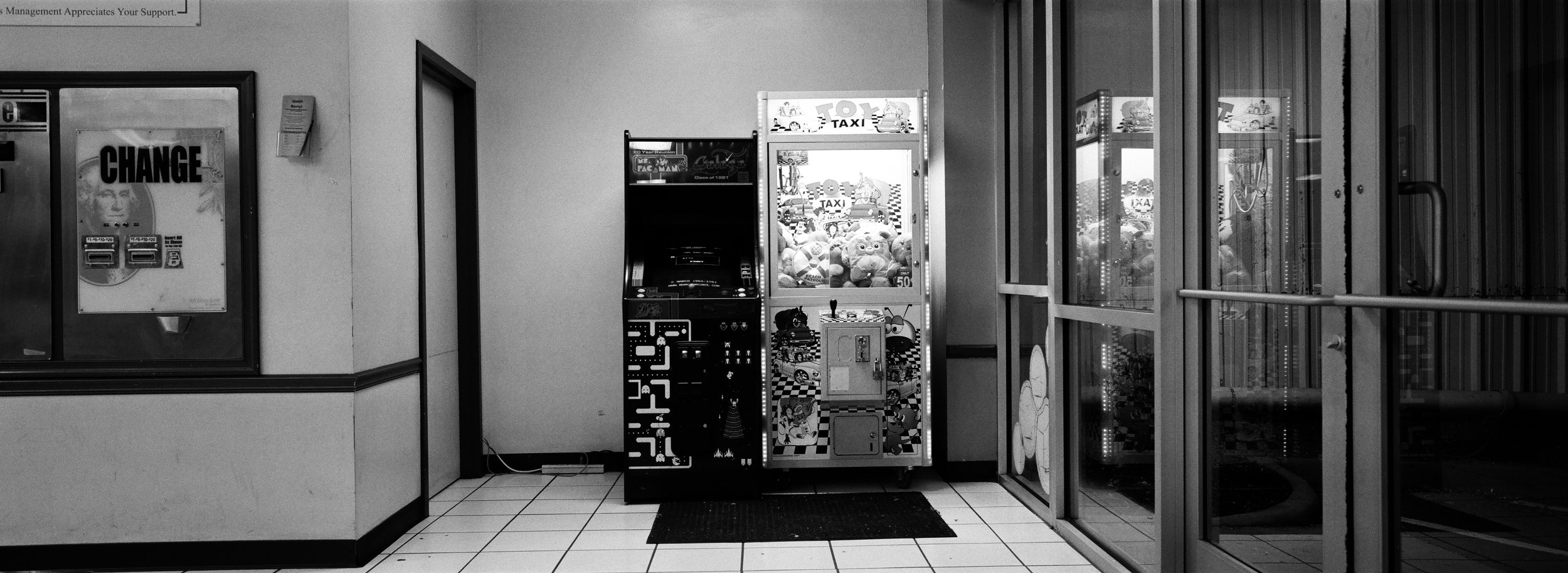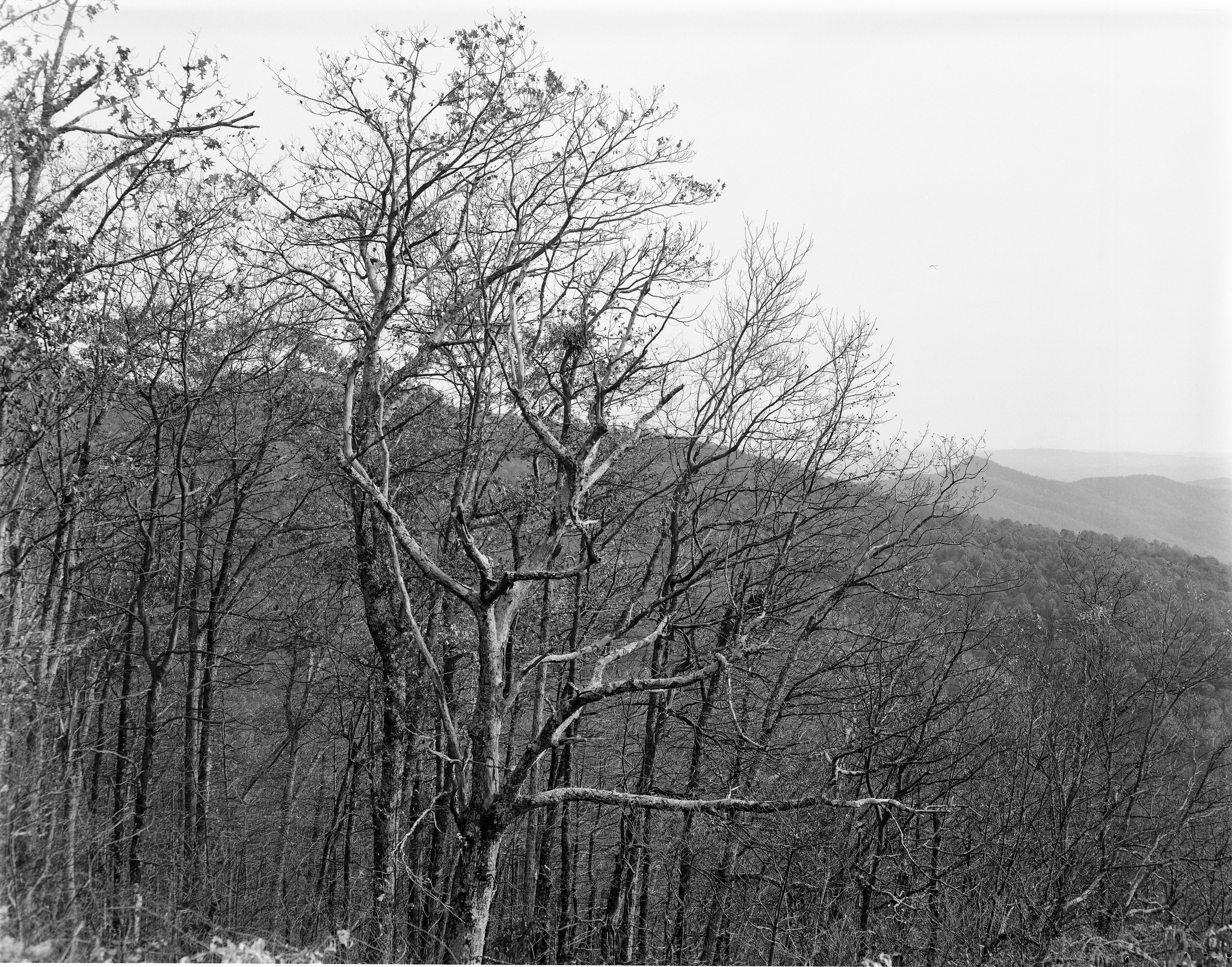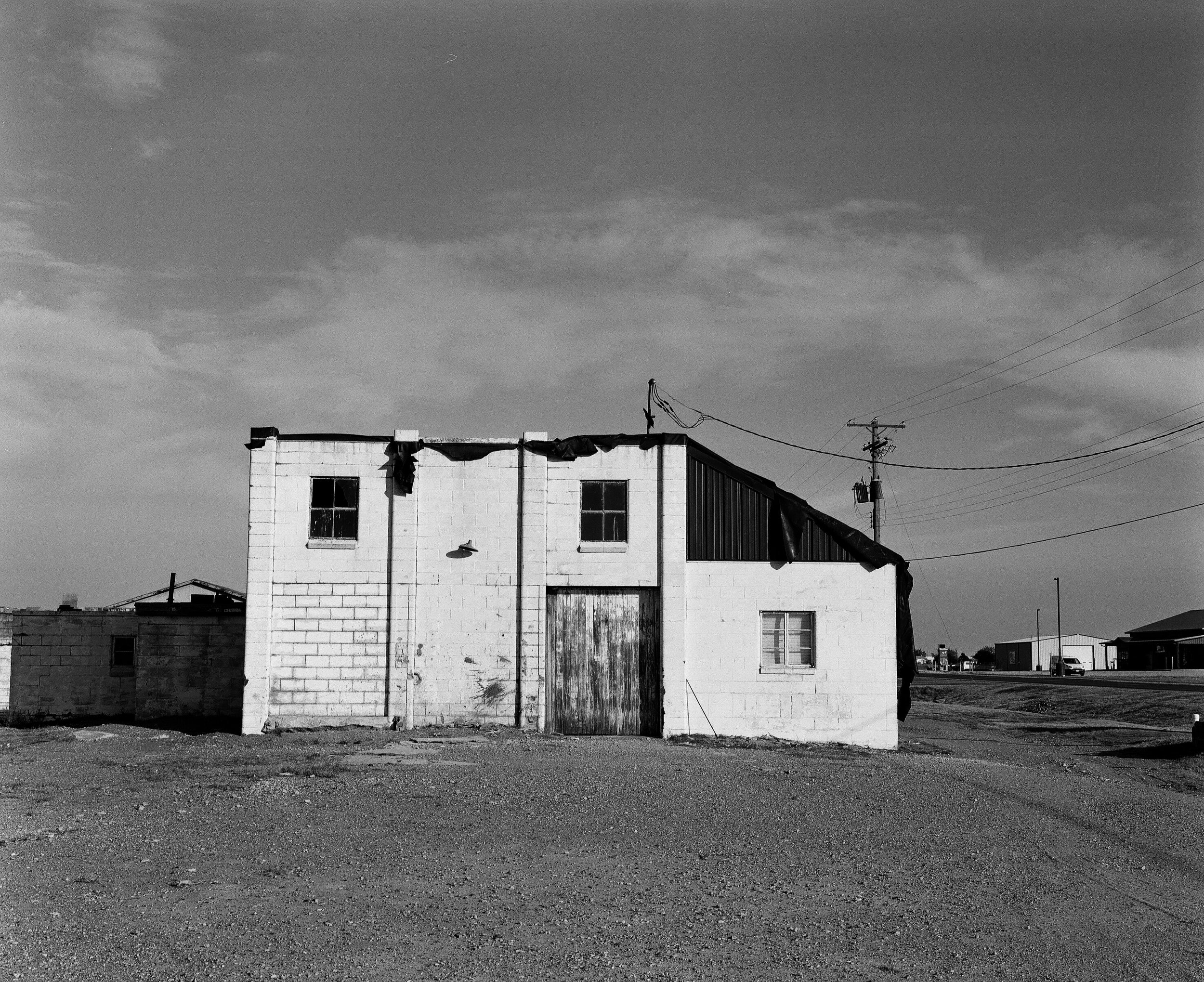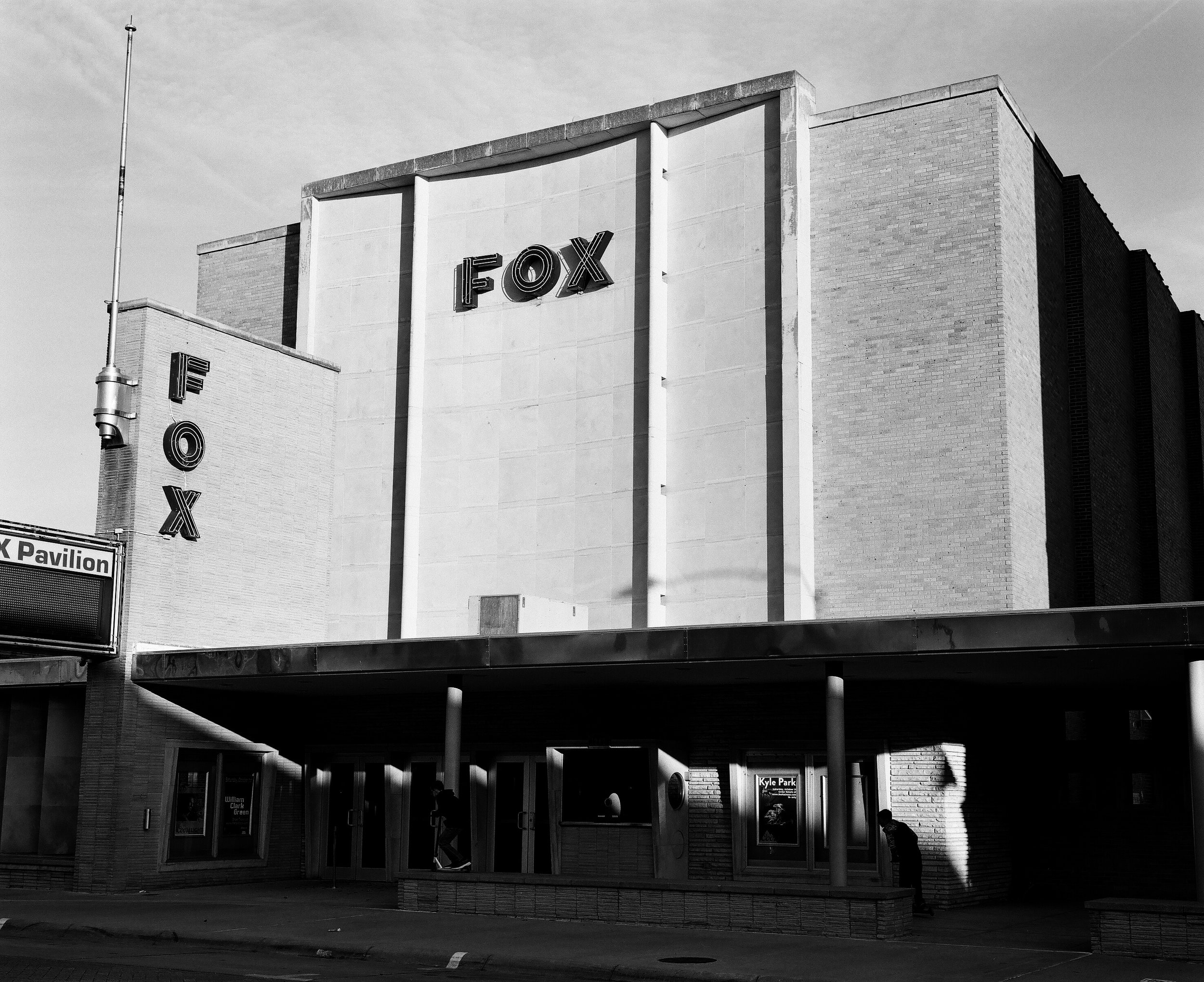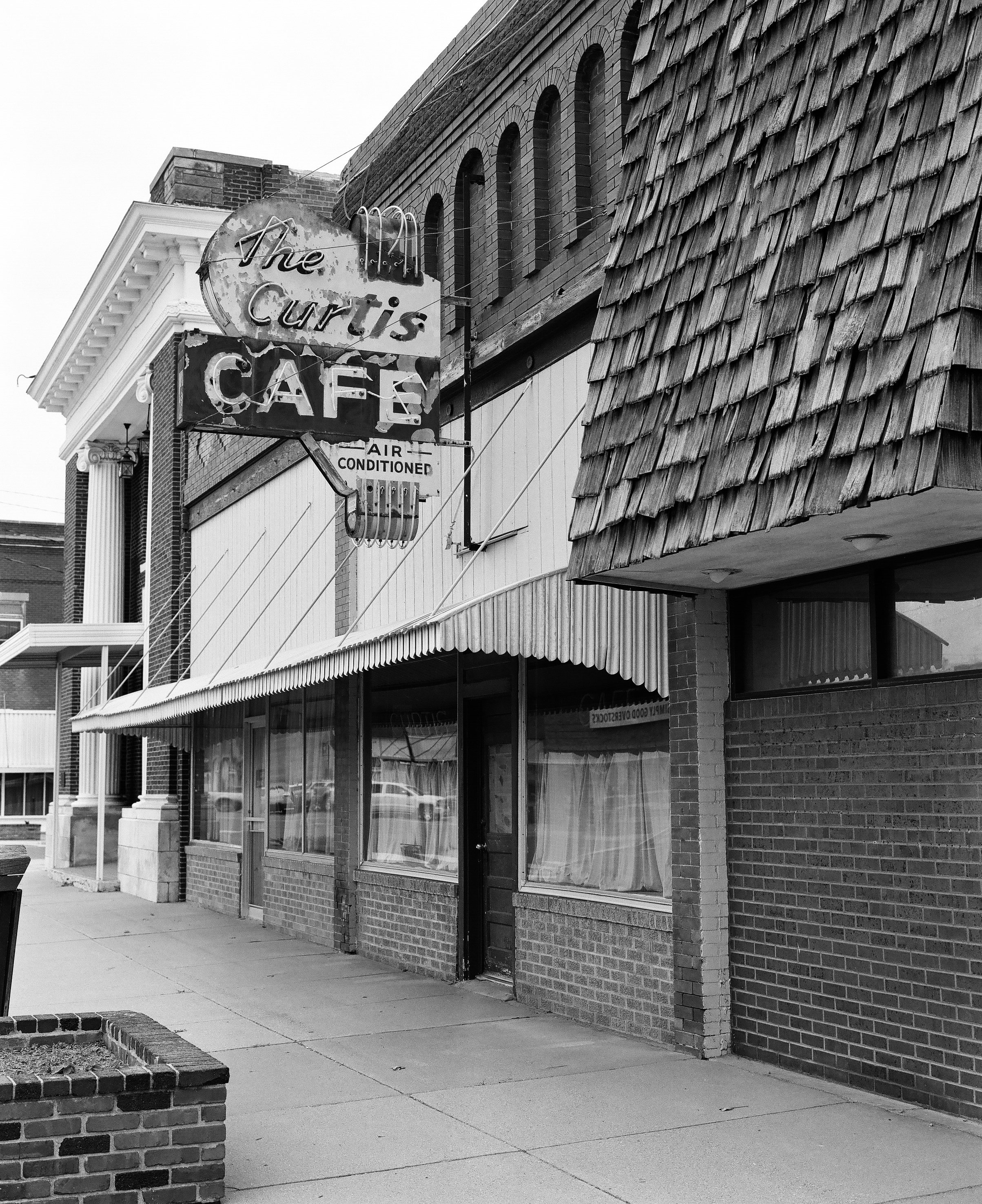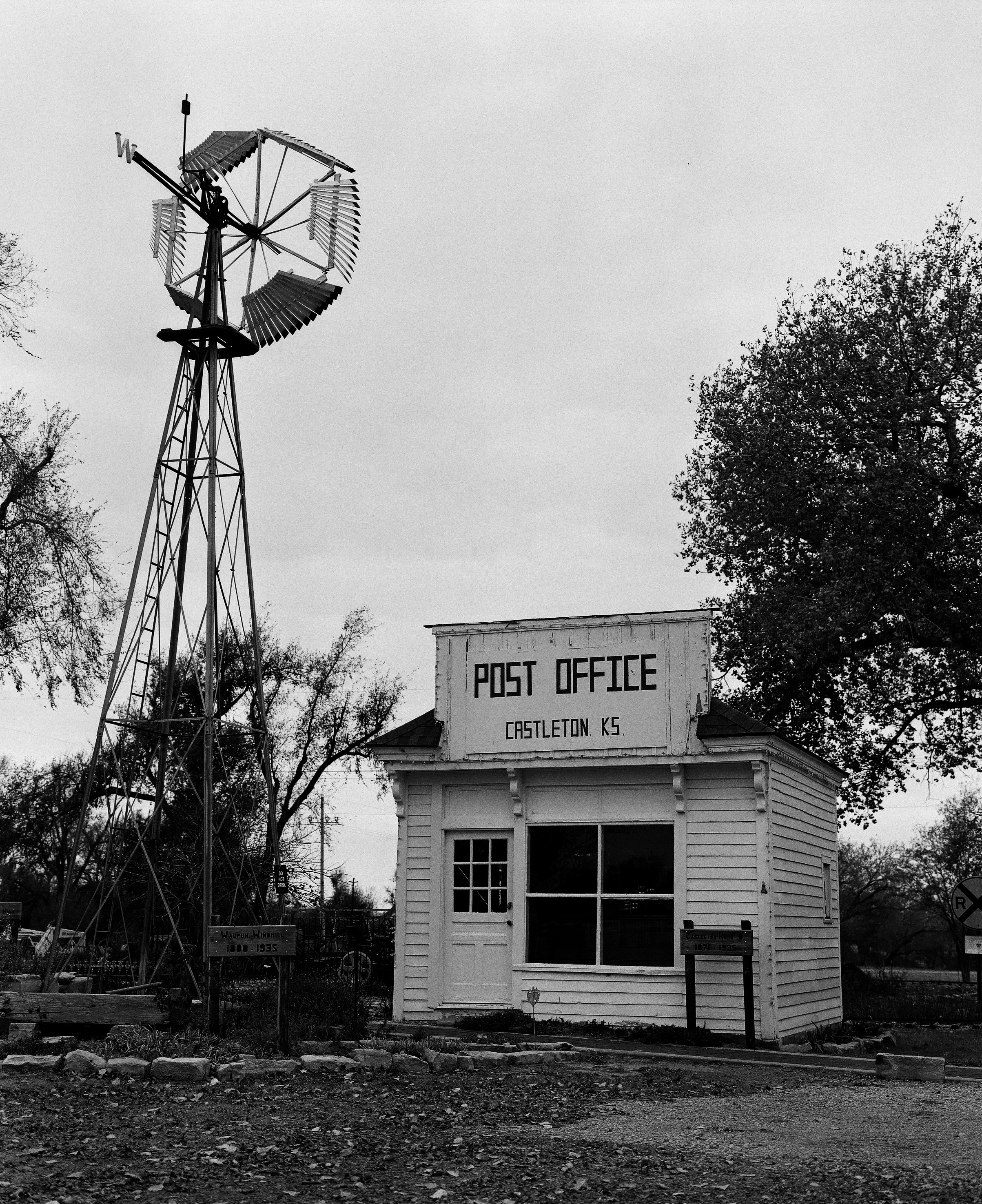leica m-d, take one
I will never own a digital Leica rangefinder. I have too much going on in my life to justify spending thousands of dollars on a camera body for my hobby. But renting is a different question. I’m on a work trip where photography will play a big part, and decided to rent a digital Leica (and lens) for the sake of giving it a spin.
I haven’t gone on this trip yet, but an afternoon at a Revolutionary War re-enactment in Chester, Virginia gave me a chance to put this camera through the paces. (That said, I shot most of my photos on a Crown Graphic, stay tuned for those pictures.)
Militia re-ennactors, after performing a firing demonstration.
Now, even if I’m only renting, I’m still interested in saving a little money, and so I opted for one of the more ridiculous options in the Leitz line-up: the Leica M-D. Internally, it is an upgrade from the M9 and similar to (if not the same as) the Typ 262. And it has one major gimmick: There is no LCD screen.
That’s right, this digital camera is an exercise in extreme skeuomorphism. No LCD means no JPEG processing—it’s RAW only. It means no white balance adjustments. It means no auto-ISO (you set it using a dial on the back). The whole experience is meant to emulate film. You set the shutter speed, you set the aperture, and the in-camera meter will let you know if you’re on target. The only other information available is a counter for how many shots you have left on your memory card.
Other than that quirk, it is a standard Leica rangefinder, complete with manual focusing lenses. It feels solid and intuitive. I own two M-mount lenses but for this excursion, I rented a 35mm Summicron-M f/2,m ASPH, not the current version, but the one prior. It’s Leica glass, and—no surprise—it’s fantastic.
A goat.
What’s crazy is that, with no way to review your photos, the camera does force you to be in the moment, which replicates the feeling of shooting film. For me, at least, I practically forgot that I wasn’t actually using my M5, which is an analog camera
The actual experience of the re-enactment was fun, although I’ll eventually have to write about my many experiences as often the only black person at these kinds of historical sites. But let’s save that for when I have my sheet film developed. Until then, enjoy the rest of these photos and let me know what you think.




